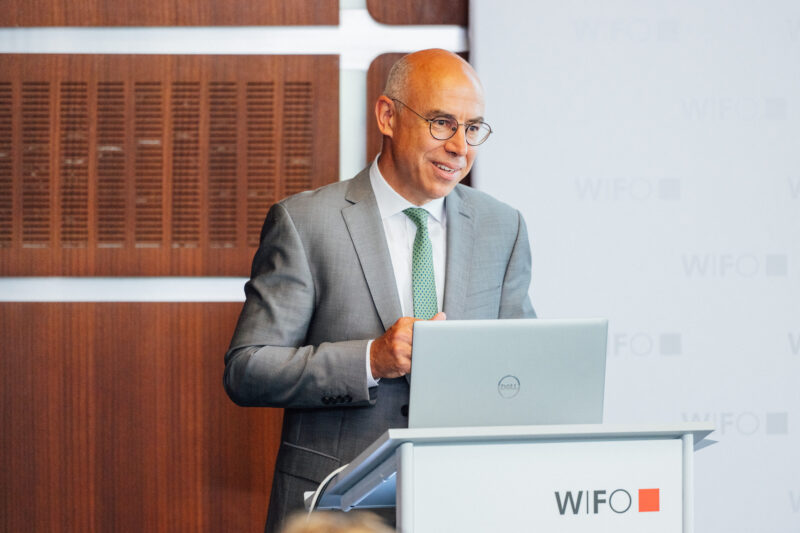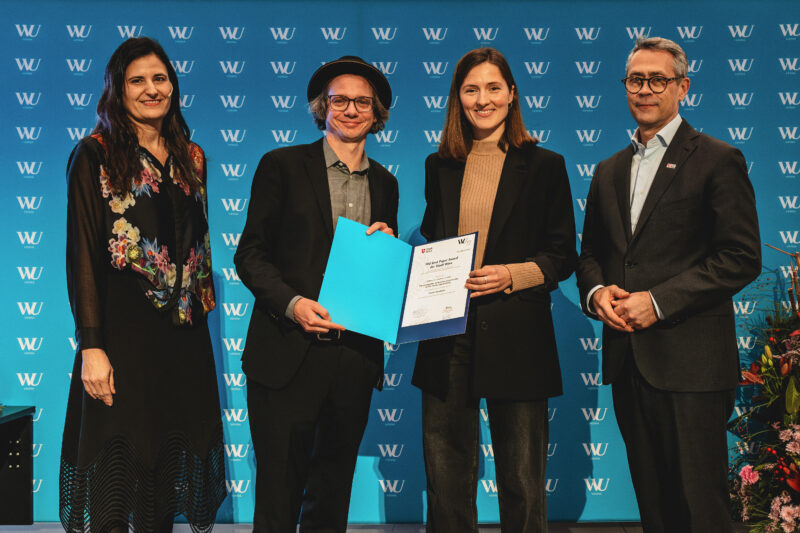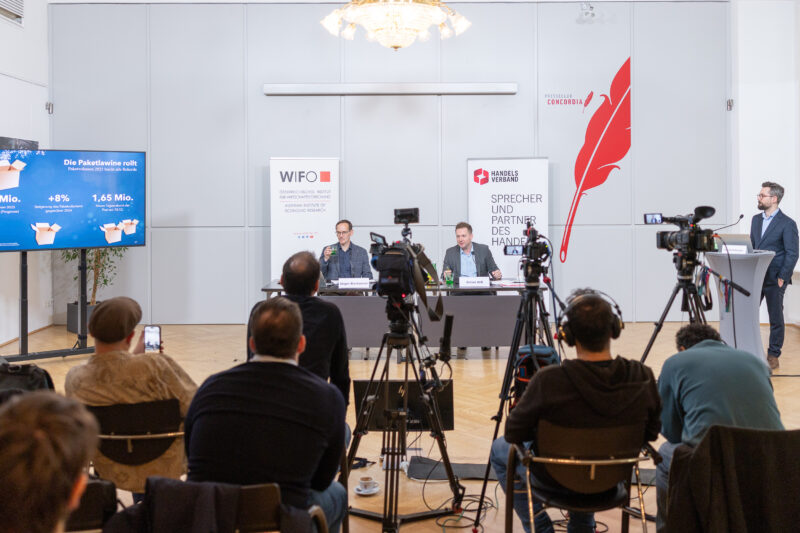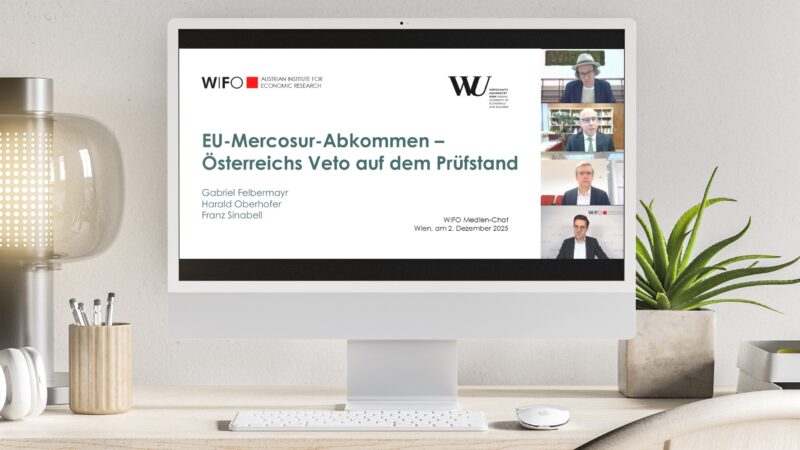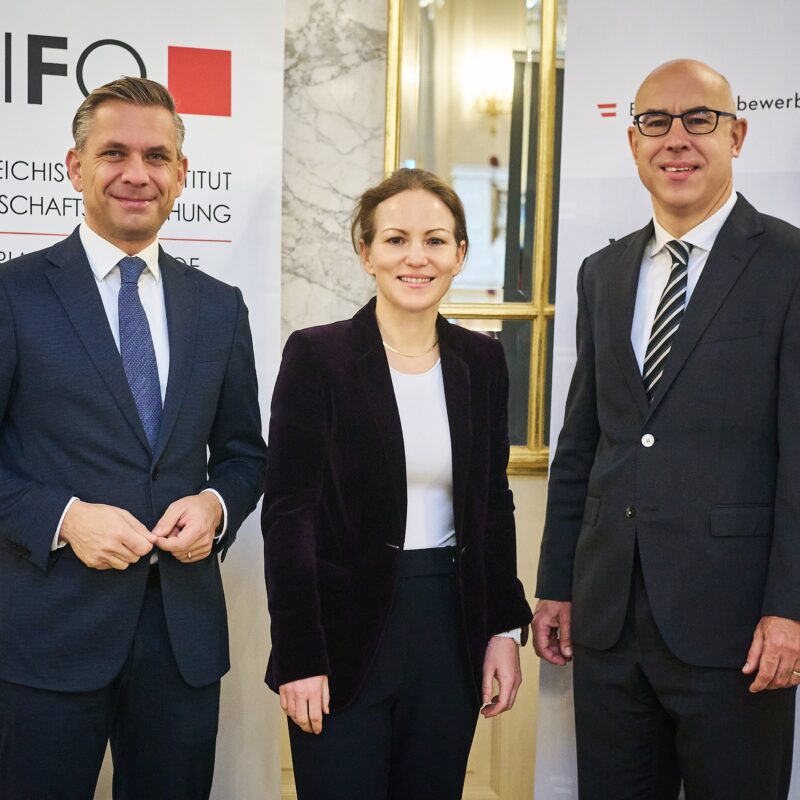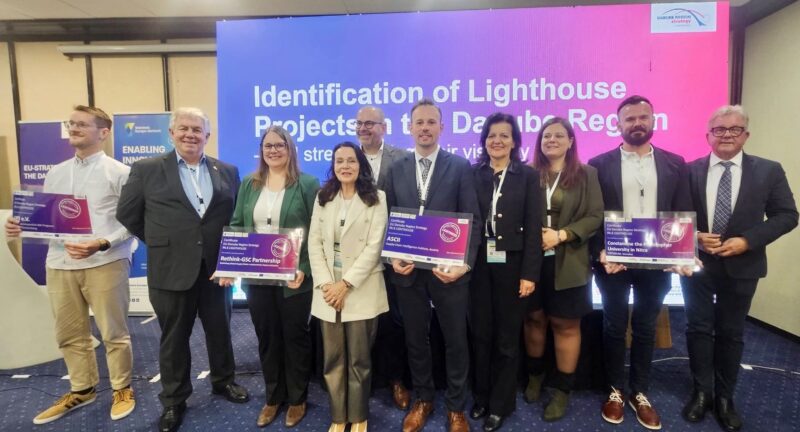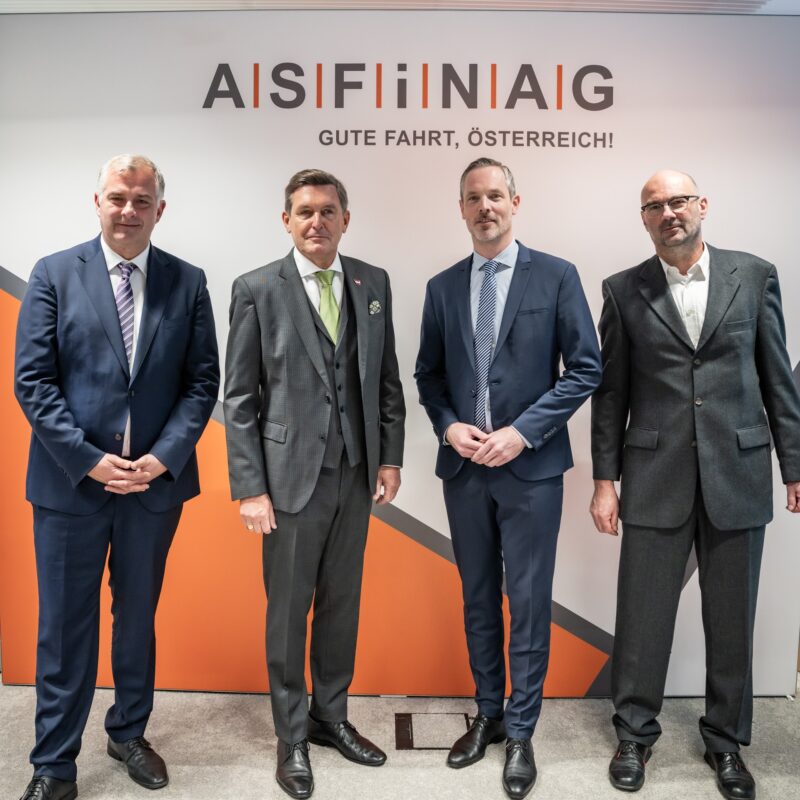
WIFO Study on Mobile Long-term Care Services
The most recent long-term care study of the WIFO illuminates the present and future economic meaning of mobile long-term care services in Austria and the Bundesländer against the background of the forthcoming demographic change and possible political measures for the change of the supply mix in the formal long-term care. WIFO long-term care experts Ulrike Famira-Mühlberger and Matthias Firgo examine the status quo of mobile services in the national and international context. A European comparison shows that public expenditure on care (inpatient and domestic) in Austria is in the lower middle range.
The future increases in demand and costs for long-term care services were calculated in different scenarios. The main scenario: Nothing is changed in the current long-term care mix, the percentage distribution of the persons cared for remains approximately the same (45 percent care exclusively by relatives, 32 percent mobile care by professional services, 16 percent inpatient care, 5 percent 24-hour care, 2 percent inpatient/day centres). Accordingly, the net expenditure for care services in Lower Austria will rise from currently 257 to 481 million € in 2030 and to 1.2 billion € in 2050. In further scenarios, the long-term care mix will be changed and the number of persons cared for in inpatient and mobile care and 24-hour care will be increased by 5, 10 and 20 percent respectively and deducted from other care services. Conclusion: If the proportion of persons cared for in inpatient long-term care were increased by 10 percent, this would increase the net expenditure for all long-term services by a further 32 million € in 2030 (2050: 85 million €). If, on the other hand, the proportion of people cared for by mobile services is increased by 10 percent, total net expenditure will fall by 51 million € in 2030 (2050: 123 million € compared with the main scenario). Accordingly, an increased expansion of mobile services can somewhat dampen the projected cost path.
Since mobile services can only be used effectively if relatives are willing to support family members in need of care, strengthening long-term care for relatives must also be part of this policy strategy. Nevertheless, the demographic development means that all long-term care services must be further expanded.


